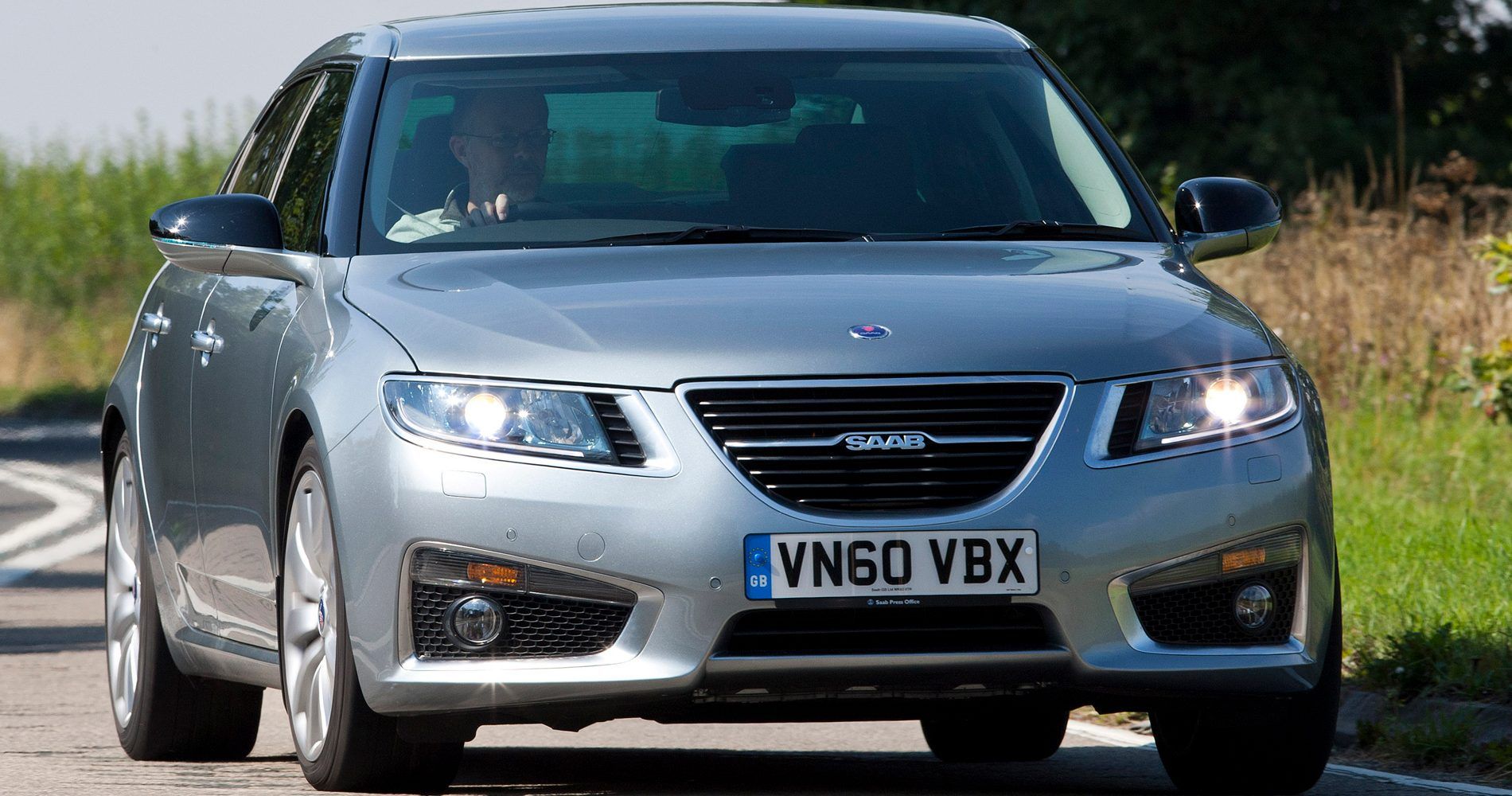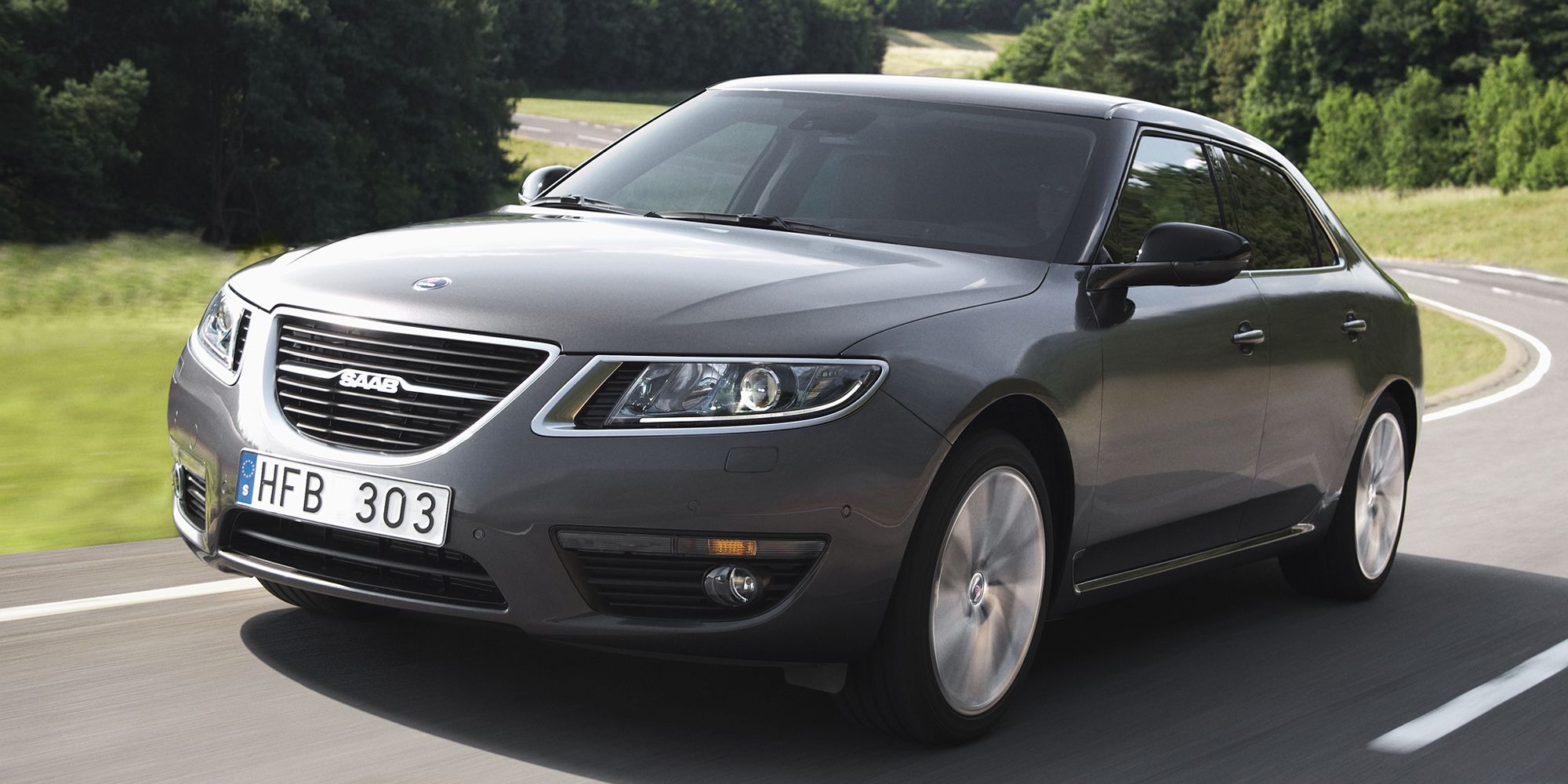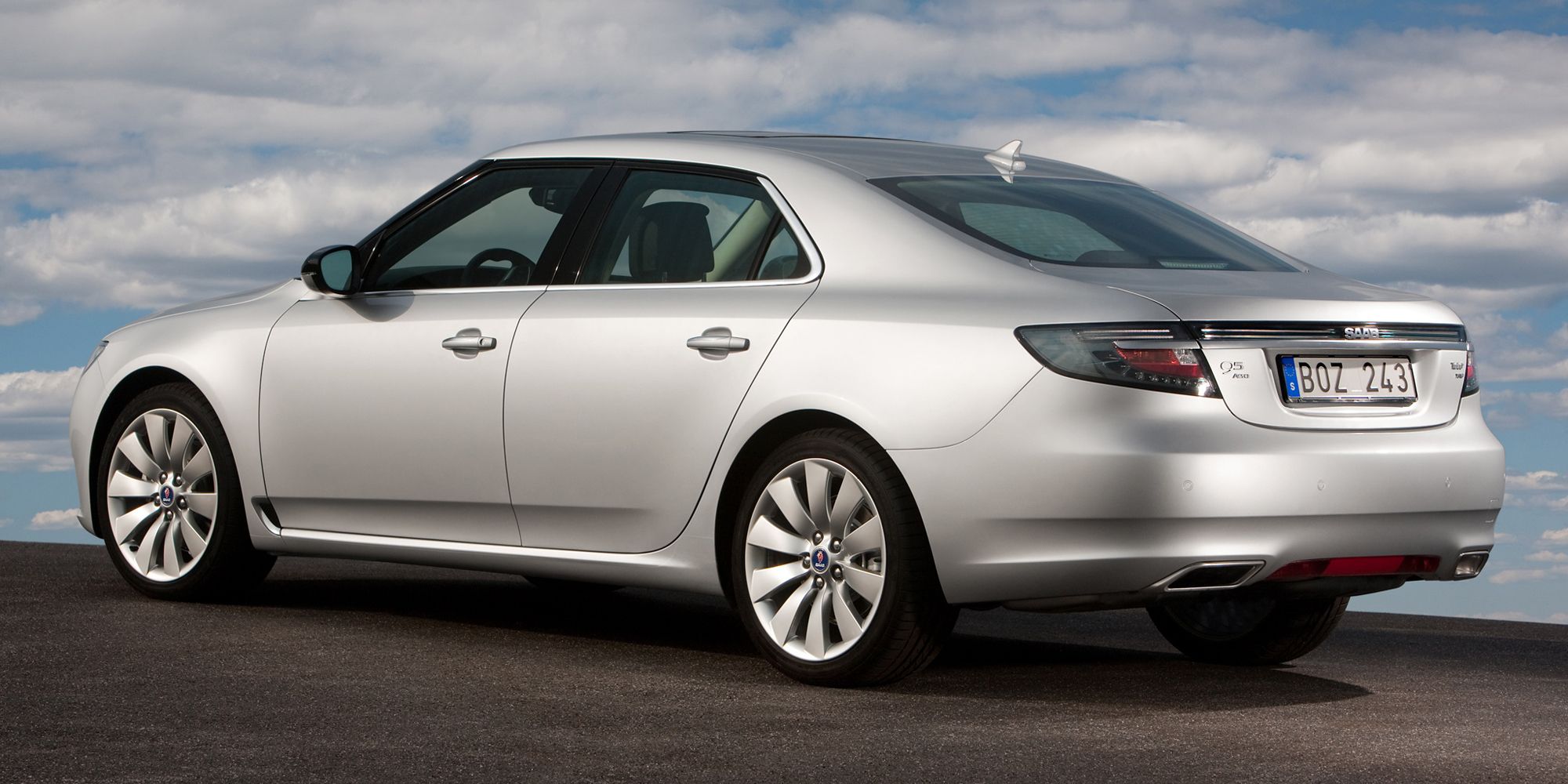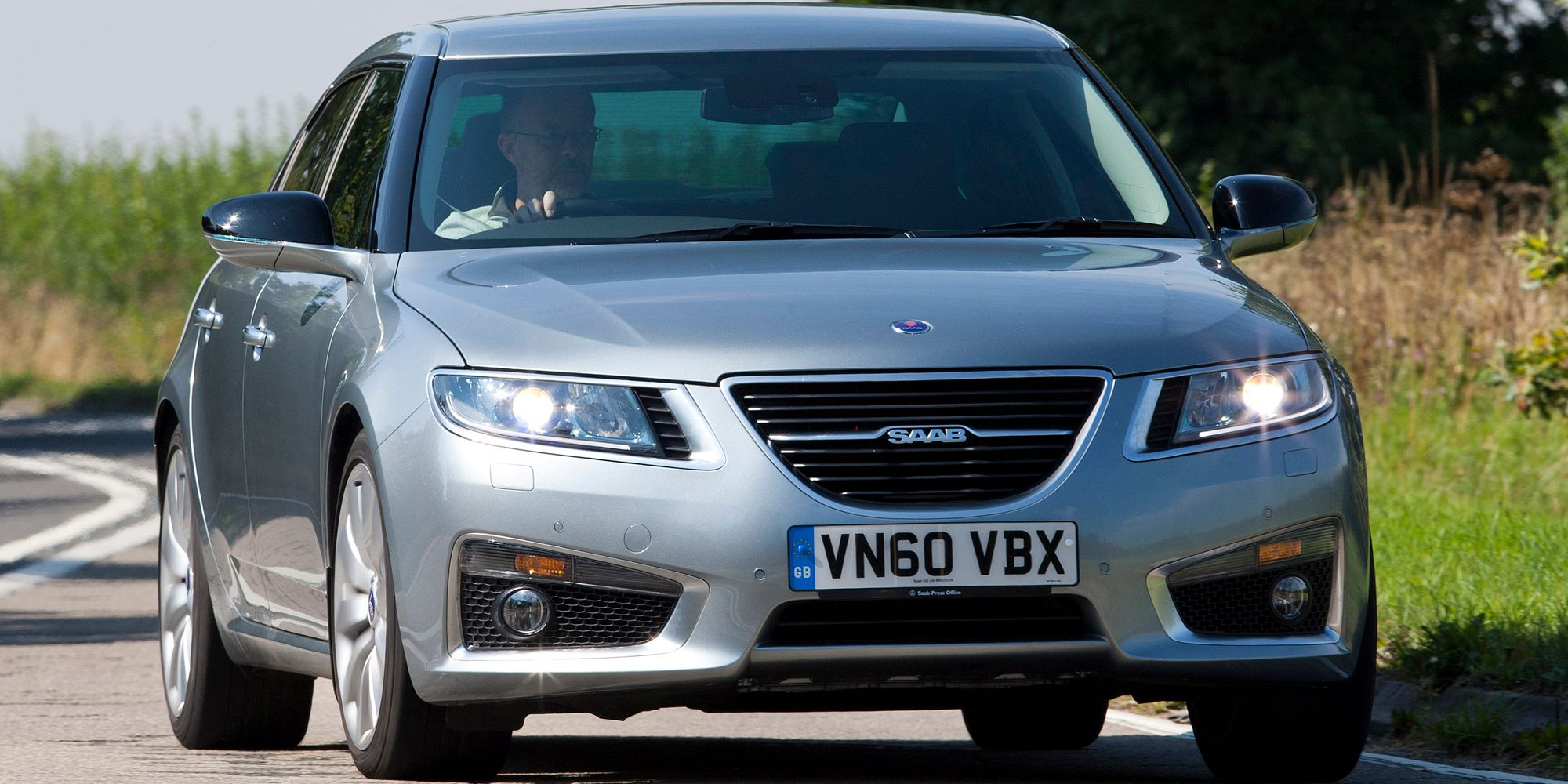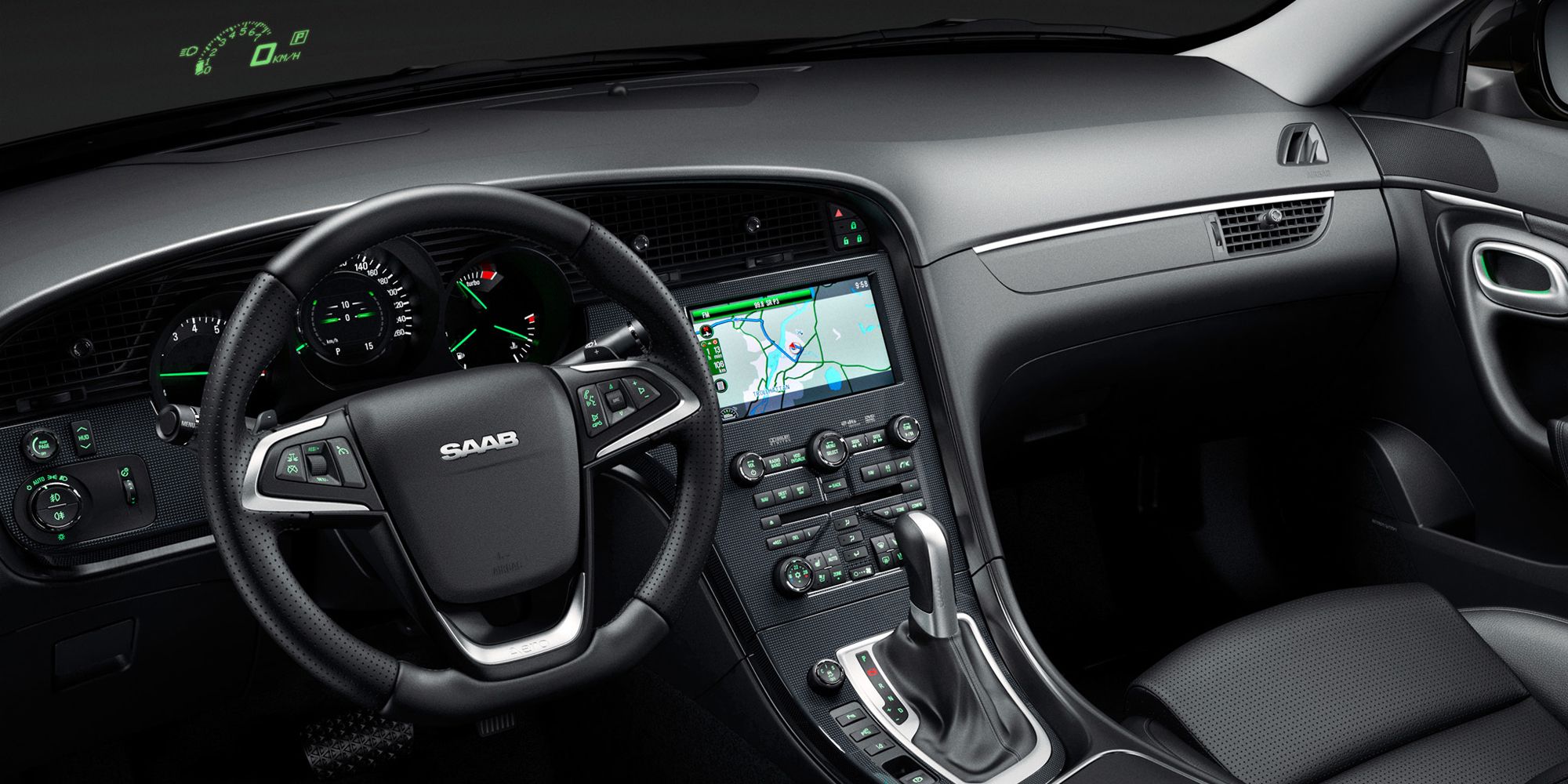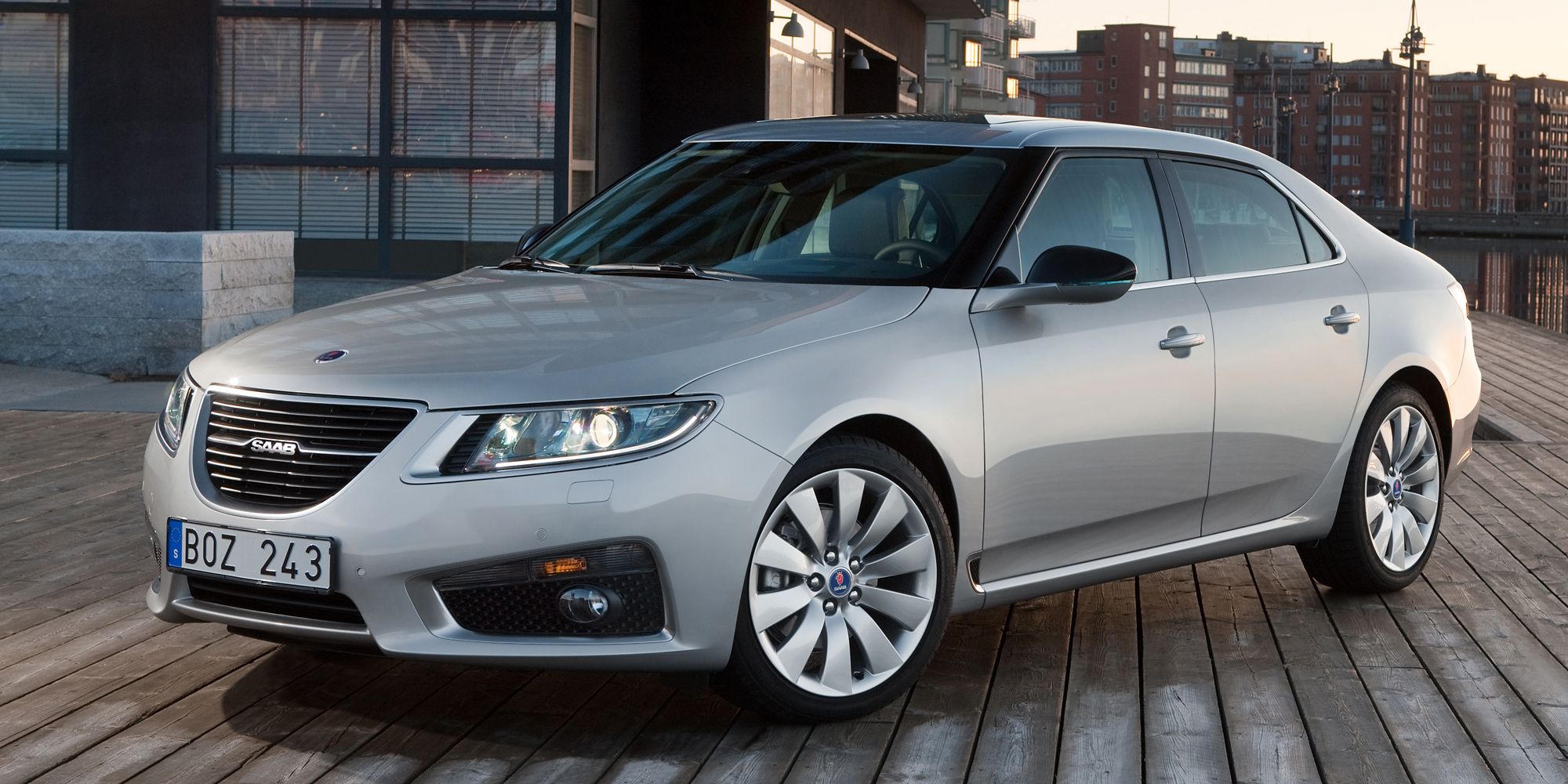During WWII, warplanes were in high demand. A lot of different manufacturers out there supplied them, including Swedish company Saab AB. After the war eclipsed, they decided to make a small automobile, spinning off a company named Saab Automotive, and the rest is history.
Saab had established itself as a more left-field choice for executive car buyers. Although their earliest efforts were very strange, they finally moved into the realms of reality with the original 99 and 900. Back in the 1980s, they also sold the 9000, based on Fiat's Type Four platform.
In 1998, the 9000 was replaced by the all-new 9-5. The first generation was sold until 2010, receiving various updates throughout its life. While it did use a General Motors platform, it was chock full of all the features that had come to define Saab previously.
In 2009, Saab introduced the second-generation 9-5. Unfortunately, this was right around the time of the recession. The recession hit General Motors quite badly, and ownership and financial issues combined spelled the end of Saab, with the surprisingly good 9-5 being on sale for just a couple of years.
Overview
Introduced in 2009 for the 2010 model year, the Saab 9-5 was the final car produced by the Swedish automaker before they went under, along with the much rarer 9-4x crossover. The 9-5 was the more interesting and quirky alternative to cars like the BMW 5 Series, the Mercedes-Benz C-Class, and the Audi A6. Although the 9-5 was a very good car, it wasn't enough to keep Saab afloat, to the dismay of a lot of enthusiasts and loyal customers.
Powertrain Options
When it launched in North America in 2009, the 9-5 NG (New Generation), as it's known, was available with two gasoline engines. There was a 2.0-liter GM EcoTec 4-cylinder with 220 HP and 258 lb/ft of torque. The other unit was a turbocharged 2.8-liter V6 with 300 HP and 295 lb/ft of torque.
There was also the 2.0-liter BioPower engine, which is even rarer than the other two. Contrary to what it sounds like, BioPower didn't mean electrification. Instead, the engine could take E85 as well as regular gasoline. The output and acceleration remained the same as the regular 2.0-liter turbo-four.
Over in Europe, the 9-5 offered two additional powertrains. There was a 1.6-liter turbo-four with 180 HP, as well as two diesels. Both diesels were sourced from Fiat, and they were four-cylinder units, one being a single turbo with 158 HP, the other a twin-turbo with 187 HP.
The 9-5 was predominantly FWD, but AWD was available, or as Saab preferred to call it, XWD. Only the lower power 2.0-liter diesel and the 1.6-liter turbo gasoline engine couldn't be optioned with AWD, and the 2.8-liter V6 was AWD only. The other engines could be paired with both drivetrain options. Adaptive suspension was also available, and it's definitely a recommended option. The plan was to offer the 9-5 as a sedan and as a SportCombi wagon, but the wagon never passed the prototype phase.
Performance & Handling
In the executive/midsize luxury segments, there are usually two directions automakers go. All-out fun, like the 5 Series, or all-out comfort, like the E-Class. The 9-5's handling is definitely an acquired taste, just like basically everything related to Saab.
Although it's based on the Opel Insignia/Buick Regal, changes were made to give it a unique personality in the corners. According to many reviews, it was very wallowy and loose-feeling. Comfort wasn't the very best, with a bit of a crashy ride over the bumps, although the adaptive suspension does improve matters ever so slightly. There's also a fair bit of wind noise and road noise, but once you get moving, it's pretty comfy.
The engines make up for it, as all of them have plenty of shove to move the heavy 9-5 along. If you're in Europe, avoid the diesel engines if possible, as they are very rattly and unsettled when idling. In typical Saab fashion, the 2.0 turbo and 2.8 V6 should last a fairly long time with regular maintenance.
Quality & Tech
On the inside, the 9-5 is distinctly Saab in terms of design, right down to the dashboard pattern that continues the design of the HVAC vents and everything glowing green at night. The infotainment system was standard in all models, and while it will do the job, it's pretty outdated by 2021 standards.
Quality is mostly good, but there are a few hard and scratchy plastics about the place. There's also a heads-up display that projects on the windshield, and the seats are very comfortable and highly adjustable.
Rear seat room is plentiful, though people that are over six feet tall will struggle a little bit with headroom. With 18.1 cu ft of cargo space, the trunk is pretty sizable as well.
Consumers state that the 9-5's long-term reliability is very good, and although there are some pieces that can go wonky, the replacements are very cheap, and a lot of them are available directly from the manufacturer. If it's well maintained, the 9-5 shouldn't give you any headaches.
Pricing
Despite the tiny production numbers, the 9-5 has depreciated quite a bit. Prices run the gamut from $5,000 for pretty rough examples to $15,000 for nicely kept Aero models with the V6 engine and AWD. Thanks to the General Motors platform and mechanical components, parts are easy to find and not terribly expensive.
The 9-5 marked the end of an era for the automotive industry. While it wasn't the greatest car, it had so much charm and typical Saab quirkiness that you just couldn't help but love it. As it turns out, owning one won't cause too many headaches, and it's an interesting and left-field luxury sedan that will turn heads and won't break the bank. Win win.

